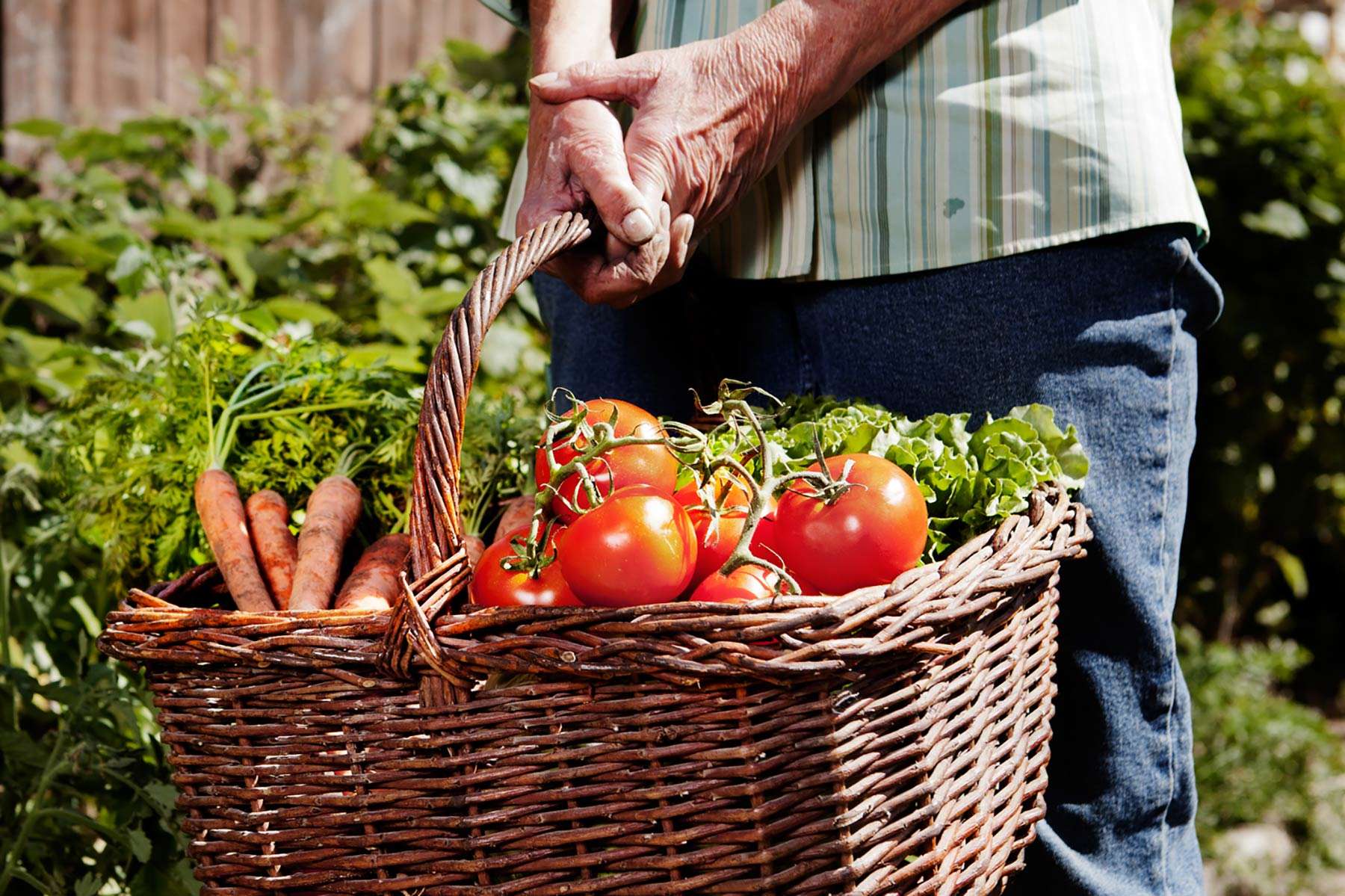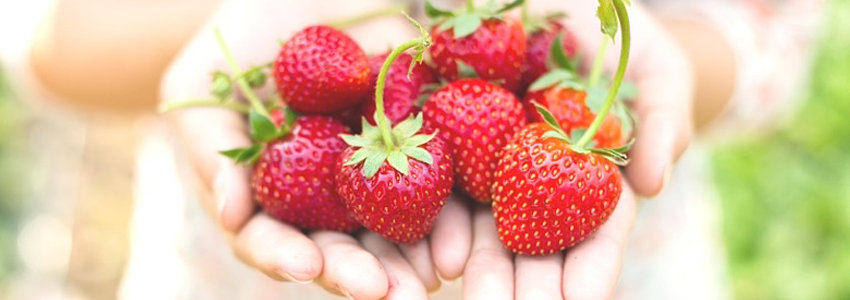What does heart disease, rheumatoid arthritis, osteoporosis and cancer all have in common?
You may be surprised… but it’s inflammation.
The good new is, inflammation can be reduced by consuming antioxidants like carotenoids and flavonoids.
But have you heard of (arguably) the most powerful one, astaxanthin?
Astaxanthin is a naturally occurring carotenoid, that is found in microalgae. Carotenoids are compounds that are found in foods and give them their beautiful color. (Such as reds, yellows and greens) and also boast potent antioxidant properties.

The pink in shrimp and salmon – that’s from astaxanthin. In fact, astaxanthin is so potent that it it even gives flamingos their bright pink color. (Flamingos are actually born white and only become pink when they start eating astaxanthin rich food!)
So not only does it give foods (and even flamingos) their beautiful color, it’s also one of nature’s most powerful antioxidants, with wide ranging health benefits.
The Health Benefits of Astaxanthin
Astaxanthin helps to support a normal inflammatory response in healthy people. At the same time, it helps to protect every cell and tissue from free radical damage.
This powerful antioxidant does all kinds of good things for your body. It:
- supports heart health
- promotes bone health

- aids in joint health
- supports the brain and nervous system by protecting them from free radicals (it’s one of the few carotenoids that can cross the blood-brain barrier)
- helps strength, stamina, and endurance
- promotes faster recovery from exercise
- helps reduce temporary joint and muscle soreness after a vigorous workout
There are over 700 known carotenoids and astaxanthin is one of the strongest and most beneficial!
How to Add Astaxanthin to Your Diet
Astaxanthin is found in microalgae. So the only way to consume it is to eat the type of microalgae that salmon and other shellfish consume (not likely). Or simply eat these types of seafood.
Sockeye salmon in particular, has the highest amounts of this antioxidant. Although other types of salmon contain astaxanthin in lower amounts. According to Dr. Mercola, you’d have to eat approximately 3-4 ounces of salmon per day, every day to get the equivalent of 4 mg of an astaxanthin supplement. So while eating salmon everyday might not be realistic, taking a supplement is.
The Synergy of Astaxanthin and Fish Oil
Astaxanthin is an oil soluble antioxidant. That means astaxanthin absorption improves when it is taken with an oil – making fish oil an ideal nutrient companion. And since it’s not likely you’ll get an adequate amount of astaxanthin through foods, taking a fish oil that has added astaxanthin is the perfect solution.
Sources:
http://articles.mercola.com/sites/articles/archive/2013/02/10/cysewki-discloses-astaxanthin-benefits.aspx
http://www.webmd.com/vitamins-and-supplements/astaxanthin





Kim
November 21, 2016 , 5:30 pmMy sister and her husband now take this…I initially started taking astaxanthin for the time I spent gardening in the sun….it helped me tan instead of burning. My husband asked about it…and I told him it was an all around great antioxidant…he read up on it and decided to take it also. I have taken astaxanthin for about 4 years now and use the Bioastin farmed…other’s seem not to work as good…My sister has taken it for a couple years now and swears by it….no colds they do take a 12 mg. where as I was only taking 4 mg…I do take more in the summer…8mg….to not burn along with natural sunscreen…my husband takes 8 mgs. for his workouts and recovery. We get very few colds and if we do only a couple days.